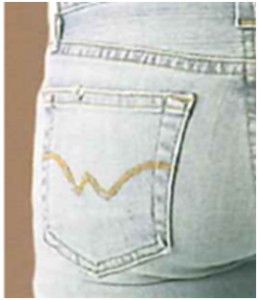Increasing the Energy Efficiency and Reducing CO2 Emissions in Dyeing and Finishing Processes
The textile industry is a major contributor to global CO₂ emissions due to its intensive energy use, particularly in dyeing and finishing processes. This article explores practical strategies and innovative technologies that can dramatically improve energy efficiency and lower the carbon footprint in textile production. From switching to renewable energy sources and optimizing dyeing methods, to adopting modern machinery and promoting recycling, the industry has numerous opportunities to enhance sustainability. Learn how leading-edge solutions are paving the way for a cleaner, greener future in textiles.







